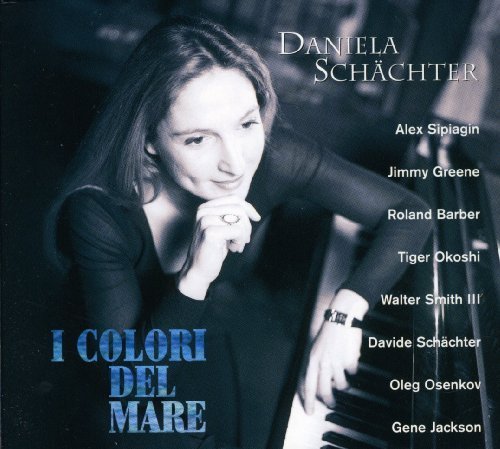My Sicilian mother always says that a meal isn't complete without a side salad. Her green bean, tomato, and potato salad remains one of my favorites. The recipe was inspired by my nonna's own insalata vastasa.
In true Sicilian tradition, you worked with what you had; if you didn't have potatoes, you could still enjoy a green bean and tomato salad. Sometimes, we'd have it with just potatoes and beans.
The recipe was so popular at family gatherings that I included a mention of it in my first novel.
I was delighted to find a similar insalata vastasa recipe on A Quaint Life, a blog run by Roxanna Shadd. Roxanna and I recently chatted about her version of this classic Sicilian salad. She shared the right way to cook green beans and potatoes, her preferred potatoes, and what she hopes readers will take away from this recipe.
Tell us about your background.
I am not Italian; I am more of an Italiophile. Their lifestyle, food, and culture speak to me. Ethnically, I have a mixed background of Puerto Rican, Mexican, and caucasian descent. All of which have influenced me in different ways. But it was my travels to Italy some years back that woke something up in me. The slower-paced lifestyle and love for simplicity and food felt sacred in its own way. I brought back that feeling and decided to embrace it in my home, my work, and my lifestyle as much as a born-and-raised Californian can.
I am a full-time blogger and YouTuber who shares a simple life, is approachable in cooking from scratch, and loves homemaking. Life is beautiful; every day, there is an opportunity to engage with it. I want to share ways to fall in love with life, food, and the beauty of creating a home that feeds the soul.
How did you discover this recipe?
I like to cook authentically because, frankly, I want the real thing. Not the American made-up versions. So, I scour the internet for those wonderful nonnas who share what they are making and the history behind it. Once I feel inspired by something, I write my own version of it, making sure to include the traditional ingredients and not take away from its authenticity. This one I came across after trying to find a non-American mayo-based potato salad and found one that used only potatoes, green beans, and olive oil, which caught my eye.
What makes this recipe Sicilian?
This is insalata vistasa, or an "eye-catching" salad, and that it very much is. It is a classic Sicilian potato salad that is made all over Sicily. I have seen slight differences in other recipes. Some call for anchovies, while others serve quite a plain version of potatoes, green beans, and olive oil.
You recommend Yukon Gold potatoes. Why?
They have a nice creamy texture that works well with being dressed in olive oil. As a bonus, the peels are fine to keep on if you don't feel like peeling the potatoes.
How do you ensure the potatoes and green beans are cooked perfectly for this salad?
Well, using potatoes that are about the same size helps for an even cooking time. You want to cook them until they are just done, not until falling apart. The green beans turn bright green and are ready fast, so I put them in to blanch last at the tail end of cooking the potatoes and make sure I don't walk away. Otherwise, they can overcook and lose the crisp texture that is so good in this salad.
What Sicilian meals would you pair with this salad?
This salad is so versatile that you could pair it with just about anything. A crisp, pounded-out chicken cutlet or a Sicilian salt-baked whole fish would work wonderfully.
How and when do you typically serve it?
I like serving it at room temperature. Allowing it to sit a little after making it allows the flavors to develop. It is a great recipe whenever I am asked to bring a dish to a luncheon.
What do you hope at-home cooks will take away from this recipe?
This recipe perfectly represents my food philosophy. Good cooking is about fresh, quality ingredients put together in a simple manner. They make the very best dishes. I think we need to remove the home cook's misperception that cooking from scratch is difficult or complicated.
>>Get Roxanna's recipe here!<<
If you enjoyed this article, consider subscribing to my newsletter for more content and updates!


